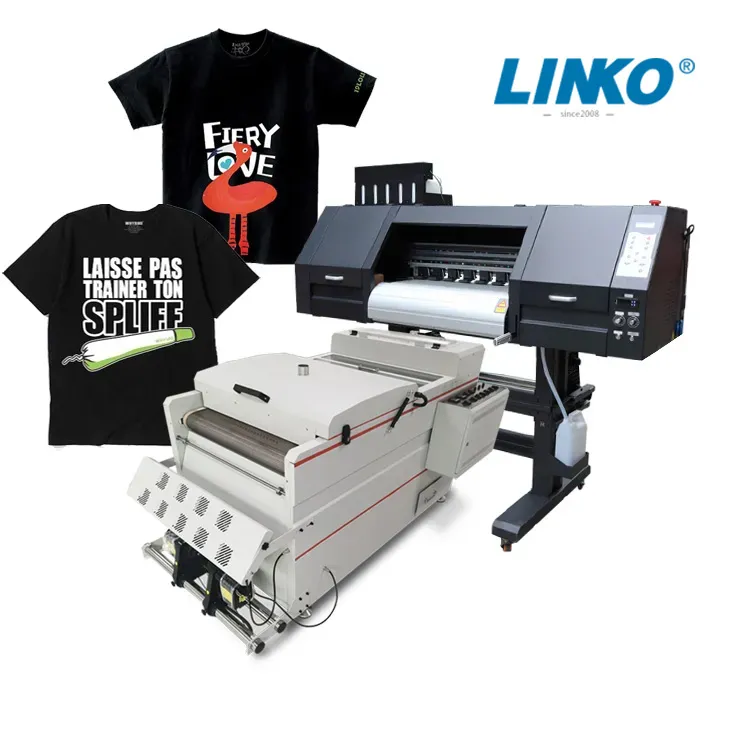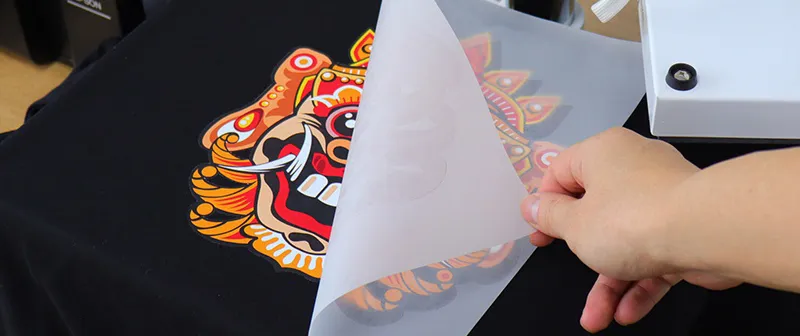A Deep Dive into DTF Printing: Strategies, Advantages, and Sector Applications
A Deep Dive into DTF Printing: Strategies, Advantages, and Sector Applications
Blog Article
Ultimate Overview to DTF Printing Strategies for Magnificent Textile Styles
Getting started on the journey of grasping DTF printing strategies can open up a world of possibilities for developing visually exciting textile styles. In this overview, we will check out the intricate details of DTF printing, from grasping the basic essentials to unraveling progressed shade strategies that can raise your styles to new elevations.
Comprehending DTF Printing Basics
DTF printing, a procedure that involves moving styles from an unique film to textiles making use of warm and pressure, forms the structure of fabric printing techniques. The first step in DTF printing involves developing or selecting a style that will certainly be published onto the fabric.
The final outcome is a stunning, long-lasting textile design that is washable, adaptable, and immune to fading. In general, understanding the fundamentals of DTF printing is important for understanding this modern fabric printing method.
Selecting the Right Fabric Products
Having developed the fundamental concepts of DTF printing strategies for textile styles, the following vital factor to consider lies in choosing the proper fabric products to complement this innovative procedure efficiently. Additionally, the stretchability of these materials can suit the warm transfer procedure included in DTF printing without distorting the design. By picking the right fabric materials, designers can make best use of the potential of DTF printing to develop magnificent and lasting fabric styles.

Grasping the Printing Process
To succeed in DTF printing strategies for fabric designs, grasping the printing procedure is crucial for accomplishing consistent and top quality outcomes. The temperature, pressure, and period of warmth application need to be very carefully regulated to make sure proper attachment of the style to the fabric. By honing each of these steps in the printing procedure, developers can continually produce sturdy and magnificent textile layouts with DTF printing techniques.
Enhancing Layouts With Color Techniques

Additionally, try out color slopes can bring a feeling of movement and fluidity to the design. By mixing colors effortlessly, a gradient effect can be accomplished, including a modern-day and vibrant my review here touch to the fabric design. Furthermore, using color blocking strategies can produce vibrant and striking visuals by comparing different solid shades in unique areas of the layout.
Furthermore, including metal or neon shades can supply a unique and eye-catching component to the textile layout, making it stand out and radiate a sense of vibrancy. When purposefully used, these color methods can raise the total aesthetic appeal of textile layouts, making them much more fascinating and memorable.
Troubleshooting Common DTF Printing Issues
After exploring numerous shade techniques to enhance textile styles, it is necessary to attend to typical DTF printing issues that may arise during the manufacturing process. One typical concern is browse around these guys bad bond, which can result from incorrect healing temperatures or times. To settle why not look here this issue, make sure that the curing setups are exact which the sticky utilized appropriates for the details material being printed on. Another regular challenge is color inconsistencies, where colors might show up in a different way than expected. This can be brought on by wrong color profiles or setups in the printing software application. To tackle this, confirm the shade setups and accounts to guarantee they match the intended design. Additionally, concerns with picture quality and sharpness can happen because of low-resolution photos or inappropriate printing methods. To resolve this, constantly make use of top notch pictures and change the printing settings for ideal quality. By recognizing these common issues and applying the required troubleshooting actions, you can improve the total top quality of your DTF published fabric styles.
Conclusion
Finally, mastering DTF printing techniques is important for creating magnificent textile designs. By recognizing the essentials of DTF printing, selecting the right products, and enhancing styles with shade techniques, one can accomplish remarkable results. It is essential to repair usual issues that might emerge throughout the printing procedure to make certain a successful end result. With practice and attention to detail, one can create beautiful and unique fabric designs making use of DTF printing strategies.
DTF printing, a process that entails moving styles from an unique movie to fabrics utilizing heat and pressure, develops the foundation of textile printing strategies.Having developed the fundamental concepts of DTF printing strategies for textile styles, the next important factor to consider exists in selecting the appropriate fabric products to enhance this ingenious procedure effectively. By selecting the right fabric materials, designers can maximize the possibility of DTF printing to develop durable and magnificent fabric designs.
To succeed in DTF printing methods for textile designs, understanding the printing process is vital for achieving consistent and top quality outcomes. DTF Printing. By refining each of these actions in the printing process, designers can continually produce durable and sensational textile layouts with DTF printing methods
Report this page